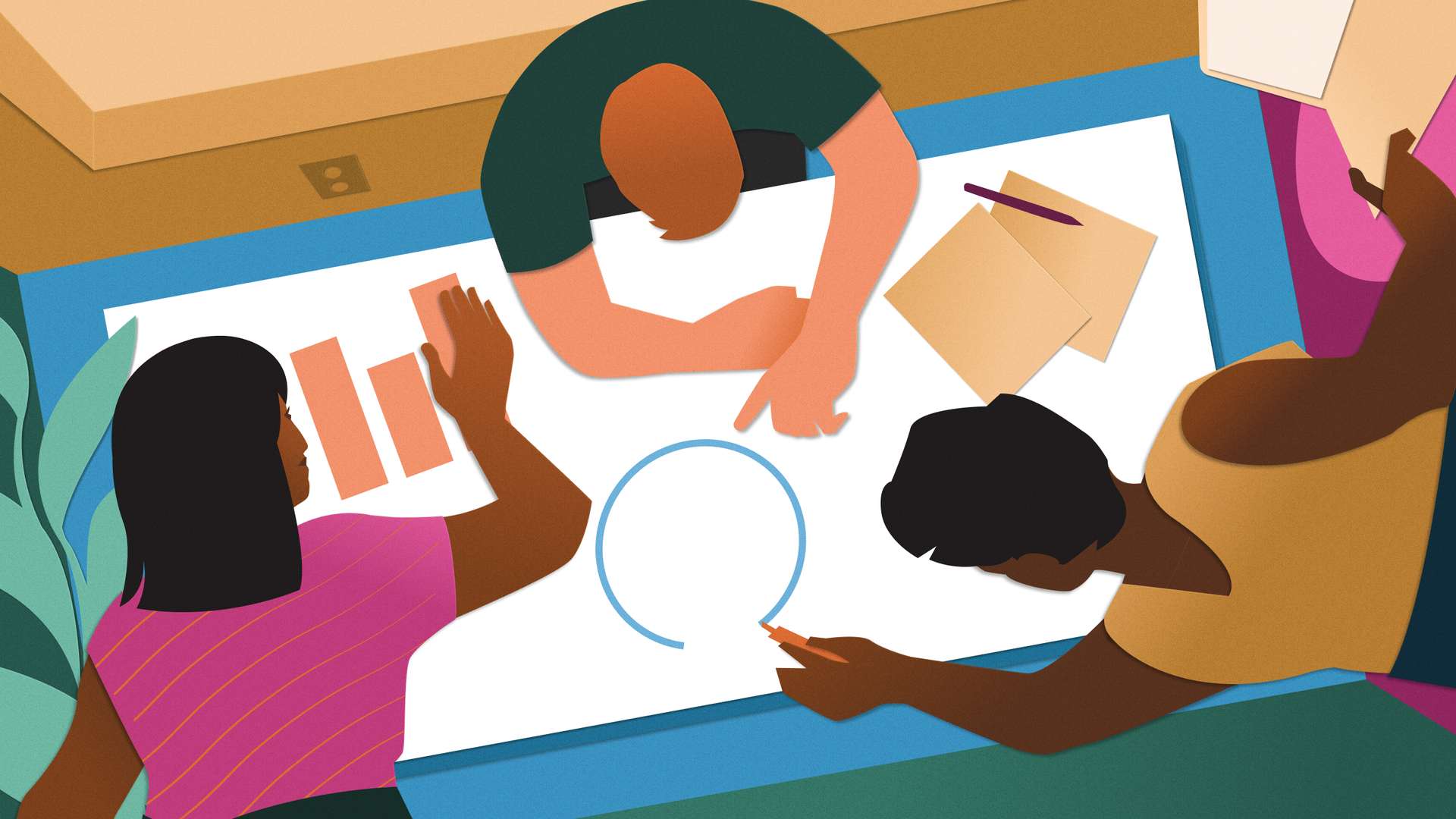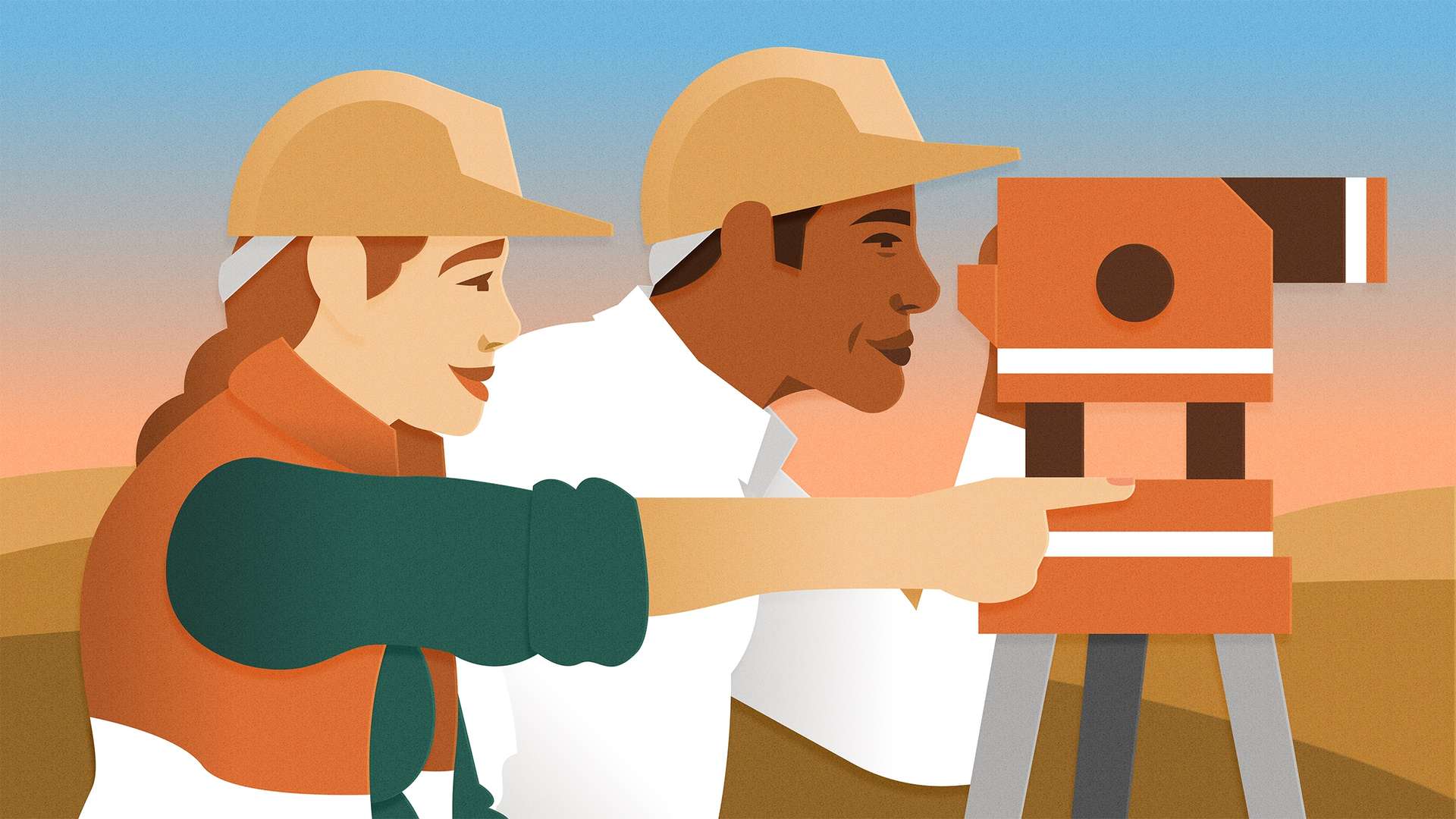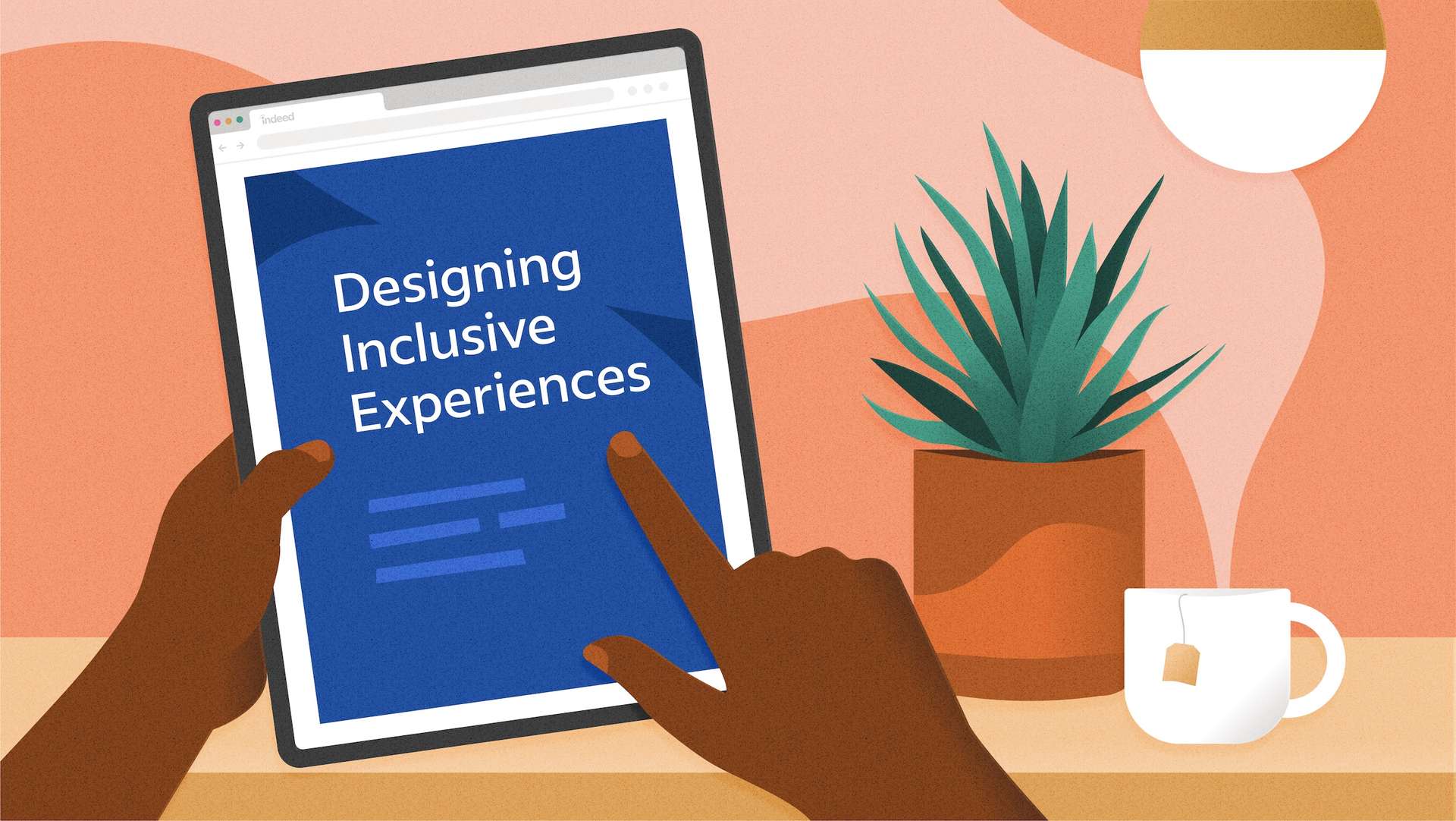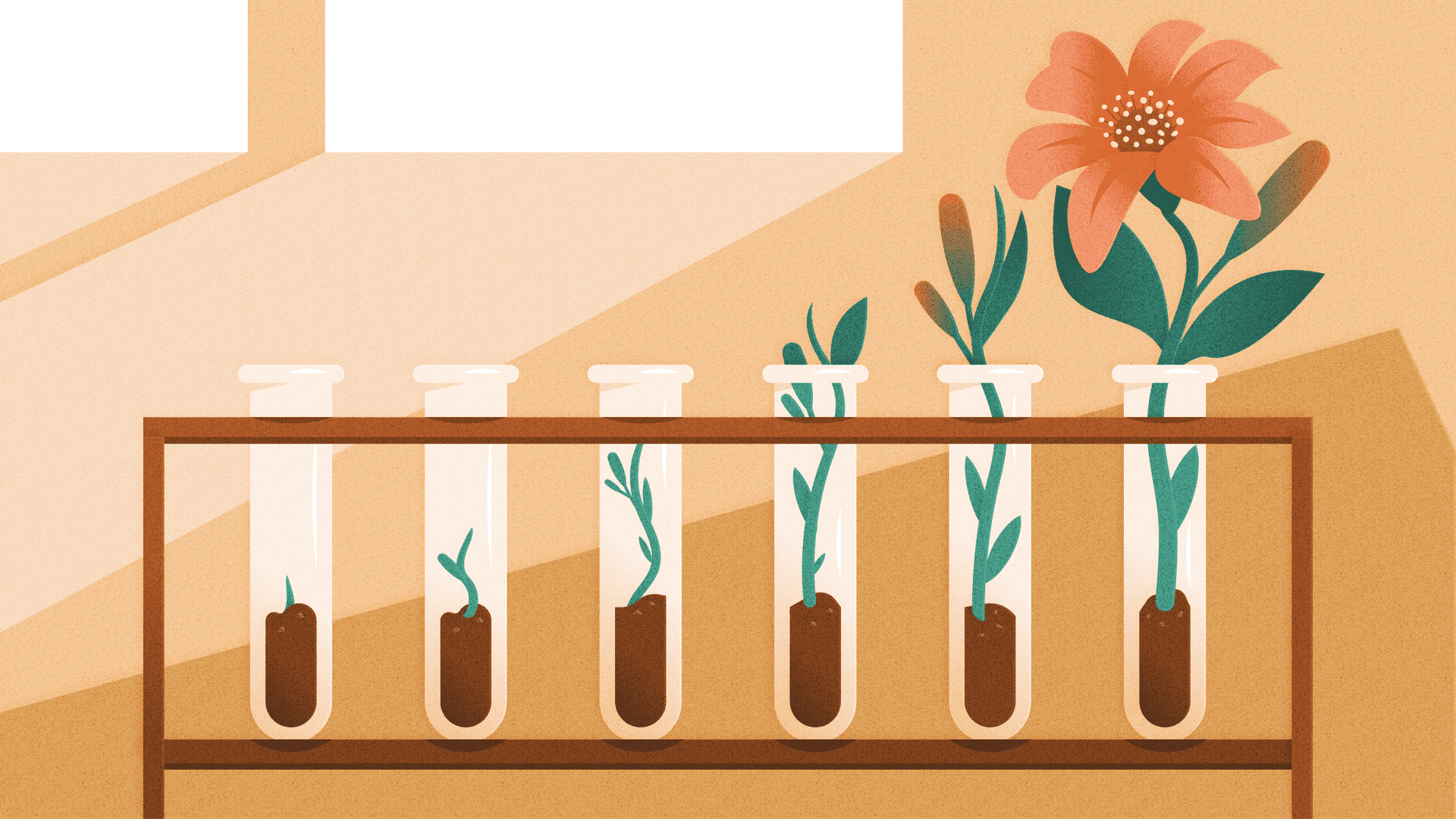Working with others is an integral part of the UX design process, whether you’re aligning with stakeholders or problem-solving with peers. But partnering with different people and personalities can lead to wildly varying experiences. What does it take to ensure a successful and satisfying collaboration?
I’m a UX content designer, and my cross-discipline team works on solutions for Indeed’s billing experience. To unpack how we’ve learned to collaborate, I invited Senior UX Designer Alissa Lee and UX Researcher Anita Worthington to reflect on our experiences—including the value of multidisciplinary collaboration, the unexpected challenges we faced, and what it takes to successfully collaborate with limited resources.
Why is collaboration important?
Tara: Though there are times when it makes sense to tackle things on our own, I’m a big believer that two heads are better than one. We’re part of a complex organization where it’s impossible to know every single thing about all Indeed teams and processes. So in my eyes, collaboration is a requirement, and it’s my responsibility to be a good collaborator. How I work with others is directly related to how successful I am at my job.
Alissa: I couldn’t agree more. Collaboration is super important and should be happening constantly. The billing space impacts many types of users, including small businesses, enterprises, client success, and sales. Cross-discipline and cross-organization collaboration allows us to see problems through a more strategic and forward-thinking lens.
Does successful collaboration between UX partners look different than collaboration with product stakeholders?
Anita: Because UX is user-centric, our definition of success is the user’s success. Product stakeholders also care about this, but they have to prioritize business needs in ways UX-minded folks may not, so some negotiation has to happen between our perspectives. Sometimes UX may have to sacrifice a little bit of what we think would make our work the most successful so our whole team can thrive.
If we don’t align on what success looks like, we miss the opportunity to use creative methods that truly measure the value of our work.
Alissa: UX and product teams can share the same vision, but to align more clearly and realistically, we all need to be a part of those conversations. After we’ve identified what success means for each of us, it’s important to hold each other accountable to execute on those goals.
Anita: You’re really good at that, Alissa. Of the three of us, I think you’re the best at building those relationships, getting your foot in the door, and also holding everyone accountable. You’re very methodical about that.
Why is it important to align on what success looks like?
Tara: Identifying what success looks like for product and UX is a key part of the planning conversation, especially since those definitions of success could look different. Without that common understanding, you risk thinking you’re collaborating when you’re really working in silos or on parallel paths.
Alissa: The point Tara made about definitions of success looking different is important to call out. If we don’t align on what success looks like, we miss the opportunity to use creative methods that truly measure the value of our work. For example, the billing team integrated a customer effort score survey into the billing summary page to quantify users’ experience with a new feature. The survey allows us to collect insight into their experience and sentiment for the new feature without solely relying on raw data, like clicks.
Anita: My prime directive for any project is to do no harm. It’s the basis for how I negotiate with product stakeholders. If our shared definition of success benefits the business, great! As long as it doesn’t hurt the user. Having a strong foundation is key to knowing exactly what I’m willing to budge on.
Are there fundamental factors that go into collaboration, particularly interdisciplinary collaboration within UX?
Tara: I think teams often underestimate the soft skills needed to collaborate well. As a teammate, I need to know I can trust you in order to collaborate with you. I also need to respect you.
Both of these qualities develop over time. For example, I built trust with Alissa as we worked on several projects over the last three years. She’s remained consistent, follows through with what she says, and actively listens.
Through our collective trust and respect for one another, we’ve built a safe space to share without judgment or fear of being wrong. I know I can share design or research ideas, even though those aren’t my areas of expertise.
And Anita, once you joined the team, my respect for you blossomed as I saw the quality of work you delivered and how you incorporated design and content into your research.
Anita: One hundred percent. It’s like when people say you can’t be in a relationship unless you can be alone. So much about collaboration starts on an individual level.
For me, it’s really about acknowledging the biases we all have, and many come up when we work in groups. Like equality bias. What weight do we give to others’ opinions, especially when it’s interdisciplinary?
It’s important to keep in mind that giving and receiving feedback across any discipline can have benefits, but the words of subject-matter experts should carry a little bit more weight.
You two have established yourself as experts in your disciplines. When I’m synthesizing research observations, I won’t turn them into design or content insights until I have your sign-off. As I work with you more, I genuinely want your opinion because I’ve seen this intellectual honesty and consistent, high-quality delivery. Without that earned trust, I set up stricter rules and to-do lists for myself and operate within those.
Alissa: You’d think after years of doing this, team members wouldn’t forget to consult a subject-matter expert on something. But sometimes it happens. It’s crucial to be methodical and have guardrails in place.
I like to integrate regular syncs, debriefs, postmortems, and workshops with people from many UX disciplines—as well as our product and engineering partners. Having a checklist and marking items off helps me prepare for those. It’s more difficult when you try to collaborate and problem-solve off the cuff. Process is key.
Anita: I also can’t collaborate off the cuff. I’m better when I can collect my thoughts before I provide feedback. That’s why I appreciate how diligent you are about that process. You make sure we have arenas where we can collaborate safely, which helps me prepare with the right mindset. I really appreciate that.
Tara: I thrive at collaborating off the cuff, but I also think that’s specific to one part of the collaborative process—like when we brainstorm at the start of a project or we’ve hit a snag and need to pivot. Because I trust and respect you two, I’m comfortable throwing out half-baked ideas.
Through our collective trust and respect for one another, we’ve built a safe space to share without judgment or fear of being wrong. I know I can share design or research ideas, even though those aren’t my areas of expertise.
So, yes, I agree with preparing for collaboration, but we’re actually comfortable with showing up unprepared or unrestricted in some parts of the process.
What’s the value of close collaboration between content and research specifically?
Anita: I see research as a central node that’s equally connected to the nodes of design and content. We should be equal collaborators because we’re all focused on understanding how users think. It’s my job as a researcher to help the team build the compassion for our users that equips them to make judgments in their work. So I feel like it’s also my job to help you write the best content that you can write.
Tara: It’s imperative not to provide content without having some understanding of what users want. If research informs design, research also has to inform content. It can be hard to test content in the same way we can test design. That challenge may make integrating the work of content and research less of a priority.
Anita: Great point. That’s a solid argument for qualitative research because you can’t really quantitatively test content. And explaining the value of qualitative research to stakeholders is tricky to begin with, even when it’s more obvious generative research.
Tara: We recently joined forces when we were updating the billing summary page for employers. When stakeholders wanted to apply an existing subhead to multiple use cases, we used content testing to show that the subhead wasn’t useful in most cases. That’s a simple summary of a more complex test, but the results hold so much power.
Sometimes, stakeholders interpret content recommendations as subjective suggestions, but it helps immensely when I have data I can point to back up my work.
And even though I can run my own research to some extent, having the expertise of a researcher for content-related tests is enormously helpful.
Anita: Research and content share a reciprocal relationship there, as well. It’s not just me contributing insights to you. Any time I write a moderation guide or survey, I also rely on your input because you have the voice of the user in your head. Your feedback on the tone and wording I’m choosing is super important.
What’s a common misconception about UX that you��’ve experienced?
Alissa: Some people in software development seem to think UX operates like an assembly line. First, you do research, then design executes to create something tangible. But over the years, perceptions of those roles evolved as cross-discipline teams recognized that the process isn’t linear.
Some people still think of content contributions in that outdated, linear approach. But it’s important to understand how all three disciplines are ever-changing throughout the process. Each provides input and collaborates to provide new insights.
Tara: That’s a good callout. Many think of content as being a part of the design, and therefore part of a designer’s job. With the rise of content design as a discipline, the responsibility of content strategy and creation has moved away from the product designer and to a content designer. But that shift hasn’t necessarily changed how some people think about the process.
Alissa: Exactly. People still think content is only pertinent to the execution and delivery process when really content impacts the end-to-end journey just like the design.
What are some challenges that can come up when collaborating, and how do you handle them?
Alissa: I don’t experience many challenges between the three of us, but sometimes collaboration with stakeholders can be difficult. You’ve got to make sure you’re in the right conversations and aware of business processes so you can strategically determine when you need to be involved, how you’re going to contribute, and ultimately how you’ll help make an impact. That can be difficult, especially if you’re not kept in the loop.
Part of that pain can come if UX doesn’t have a seat at the table or isn’t seen as an equal partner among cross-functional teams. In those situations, I see it as an opportunity to proactively insert myself and the UX team.
Our saving grace is research—research about users, design, and content. It always helps when we’re trying to argue for or justify a decision we’ve made. We have this toolkit of information we can use to help ground our work. And I feel other non-UX disciplines don’t operate under this expectation as much.
Tara: Another potential challenge is feeling comfortable sharing your thoughts, opinions, and feedback. Especially within a new collaboration. Thankfully that’s not something that arose for me in our work together, but it could surface if we weren’t in alignment about our roles or didn’t provide criticism professionally.
Anita: We also have to be thoughtful to avoid groupthink. We hype each other up a lot, which is something I love about this group. But we can’t fall into an echo chamber. In pre-existing organizational structures, some groups might struggle to fit in at the right point and fall into groupthink more easily since they feel like renegades or outsiders. That’s a danger we still face, but our team also has steps in place, like retrospectives, to deliberately counteract those.
Consider the billing summary page subhead situation Tara mentioned earlier. That was a scenario where our team wasn’t invited at the right time. A decision had already been made, and we joined when they were ready to move forward. So we scrambled to collect data that showed how their decisions wouldn’t have a positive impact. We collaborated well at that point, but the teamwork with the external organization could have been better. We’re still working to improve fitting in at the right times and in the right places.
We hype each other up a lot, which is something I love about this group. But we can’t fall into an echo chamber.
Do you think teams can still achieve a successful collaboration if they’re not properly resourced in all the roles they need?
Anita: A successful collaboration is still possible, but you have to adapt your definition of success to something more realistic for the resources on hand. Manage your expectations. You can apply the design-thinking process to many disciplines outside what you would typically consider design areas.
Tara: You can also collaborate in smaller doses. For teams without a dedicated content design professional, having a resource for a short amount of time or for a limited part of a project is still collaborative. I’ve hosted office hours for this reason. It allowed me to provide content help in the moment. But as you pointed out, it’s also imperative that the definition of success reflects this limitation.
As a limited resource, I appreciate it when other teams give me credit for collaborating with them. But sometimes their good intentions can accidentally misrepresent the amount of content strategy a project received. Saying “content collaborated on this project” can lead some to believe that the project received all the content strategy it needs, but that’s not usually the case with limited involvement. So when you’re collaborating in a limited way, be intentionally transparent about the level of collaboration and engagement.
Anita: If I’m presenting a finding, don’t have access to content, and have to make a recommendation on my own, that’s definitely something I’ll disclose. I’ll present that finding as coming from me and acknowledge upfront that it didn’t get content review and will need it before moving forward.
Alissa: You pointed out a critical piece, Anita: acknowledging a missing resource. Like you’ve both said, sometimes you have to buckle down and wear multiple hats. But it’s really important to articulate the absence of a role with your manager and stakeholders. Otherwise, they might think the project was adequately resourced, and nothing changes.
Tara: I could see that happening with research too. Perhaps design ends up doing some of their own research, and project stakeholders think, “we’ve got the research done.” A designer might do some of it, but that’s not the optimal use of a designer. And they have limited expertise.
What one piece of advice would you give to someone preparing for a collaborative project with people they haven’t collaborated with before?
Anita: I’d say don’t expect the collaboration to be spontaneous. Especially now that we’re all remote, those “let’s all get in a room and really hash out this problem” types of collaboration don’t happen. Without in-person work on an established team, it’s more difficult to build trust. Establishing a process is important, so make sure you facilitate collaborative meetings and safe collaboration spaces well.
Tara: I’d say to be vulnerable, assuming you feel safe to do so. It not only helps build trust, but it can help people feel more comfortable with you. I also believe it fuels creativity.
Alissa: I recommend setting expectations from the very beginning. Setting up the right processes can create that safe space where you’re able to be vulnerable and express your concerns and doubts. Clarify expectations about your role and your goals with everyone involved, including product and engineering. Creating a team charter or contract to articulate how everyone agrees to work–that’s another successful method we’ve used in the past.
These are important first steps for collaboration. They’re easy to skip over when you’re excited to get started on a project, but I think proper process is a missed opportunity that can bubble up as bigger problems later on.
Anita: I have a tendency to assume that people understand what my role is and what I bring to the table, but that’s not always the case. It can be useful to have a one-sheeter that educates people on your role, how you can contribute to the project, and the types of deliverables you can provide. This can help you clearly communicate how you fit into this picture.





